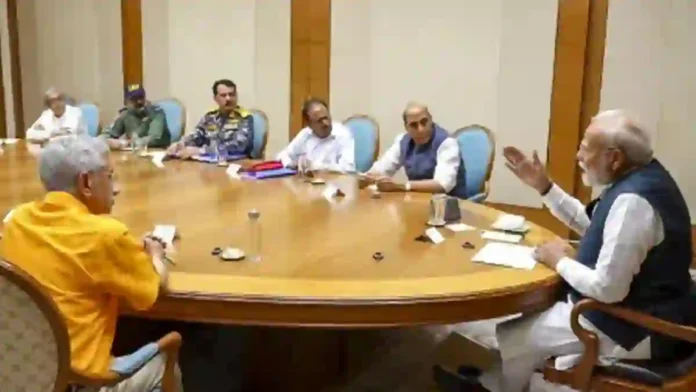Operation Sindoor stands out as the most significant achievement of the Narendra Modi government’s third term, both in its tactical execution and symbolic value.
Launched on the night of May 7, 2025, as a direct response to the April 22 Pahalgam terror attack that claimed 26 lives, the operation marked a decisive evolution in India’s military doctrine and geopolitical posture.
India’s armed forces executed precision missile and air strikes on nine key militant camps and support facilities across Pakistan and Pakistan-occupied Kashmir (PoK), targeting infrastructure linked to groups such as Lashkar-e-Taiba and Jaish-e-Mohammed.
The operation, lasting just over 20 minutes, was characterised by its speed, accuracy, and the use of advanced indigenous weaponry—including BrahMos missiles and Astra air-to-air missiles—underscoring the success of the Make-in-India defence initiative. Notably, Indian forces bypassed sophisticated Chinese-supplied air defence systems deployed by Pakistan, demonstrating a new level of tactical prowess and strategic autonomy.
Read- India’s Next Big Fighter Jet Buy: F-21 Takes Center Stage
Read- DRDO To Float Bids For Advanced Medium Combat Aircraft (AMCA) Program Soon
Operation Sindoor did not just stop at the initial strikes. Intelligence leaks and Pakistani government documents later revealed that India’s reach extended even deeper, with drone and missile strikes hitting additional military installations and cantonments across Pakistan’s provinces, including Punjab, Sindh, and Khyber-Pakhtunkhwa. Critical targets such as the National Defence Complex in Attock and major army cantonments were struck, highlighting India’s expanded capabilities and willingness to neutralize threats at their source.
Pakistan’s response—an attempted barrage of drones and missiles—was largely thwarted by India’s robust air defence systems like the S-400, and the alertness of Indian forces. Despite retaliatory skirmishes and a brief escalation, India maintained a measured and proportionate stance.
The operation was lauded by international observers for its restraint and clarity, sending a strong message without triggering a wider conflict. Diplomatically, Operation Sindoor enhanced India’s global standing, with foreign counterparts acknowledging the country’s maturity, responsibility, and newfound assertiveness on the world stage.




